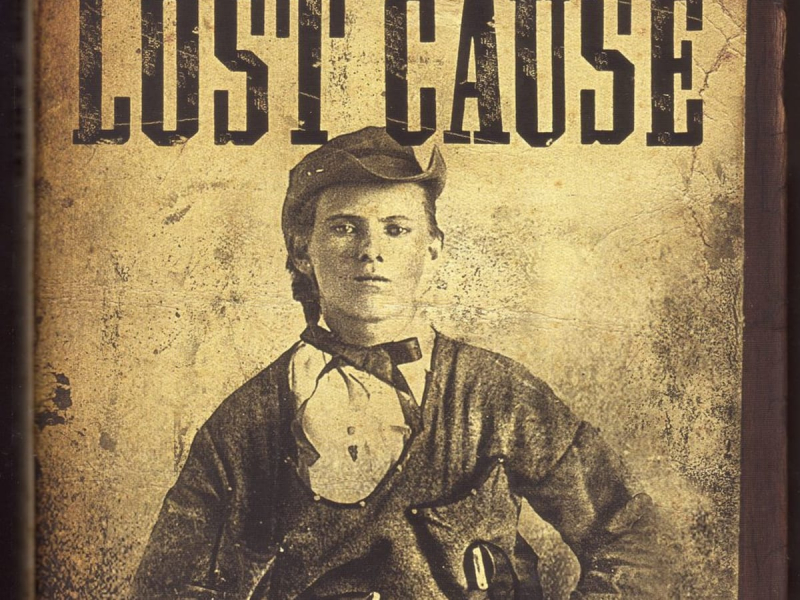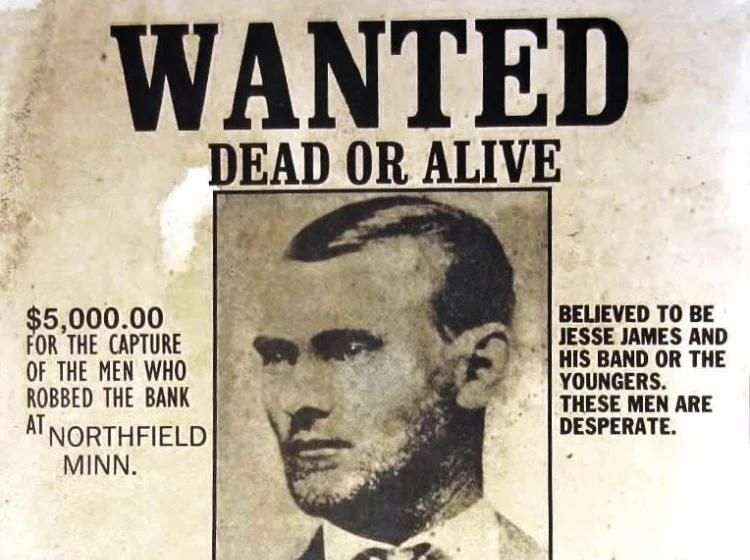James wasn’t a Wild West Robin Hood
Jesse committed an act of vengeance during the Gallatin bank robbery of 1869 when he shot and killed the bank's cashier, believing the man to be Samuel Cox, the commander of the pro-Union militiamen who had executed insurgent leader Bloody Bill Anderson in October 1864. (In actuality, Cox was not the dead cashier.)
After the fatal theft, Jesse became friends with John Newman Edwards, a powerful pro-Confederate newspaper editor in Missouri, who went on to champion the former bushwhacker as a hero and resolute Southern patriot of the Reconstruction era. James personally defended his behavior in letters to journalists. Edwards contributed to the fiction that Jesse James was a Robin Hood figure who stole from the rich to give to the needy through his writings and editorials, a lie that historians have disproved. This is one of the most interesting facts about Jesse James. There is no proof that any of the gang's loot was shared. Instead, the gang was accountable for more than 20 bank and train robberies, innumerable killings, and the theft of almost $200,000 between 1860 and 1862.
John Newman Edwards, who authored articles about the gang and said that "[the James gang are] men who may have sat with Arthur at the Round Table, ridden in the tourney with Sir Lancelot, or won the colors of Guinevere," helped to meticulously cultivate the gang's lofty reputation.











